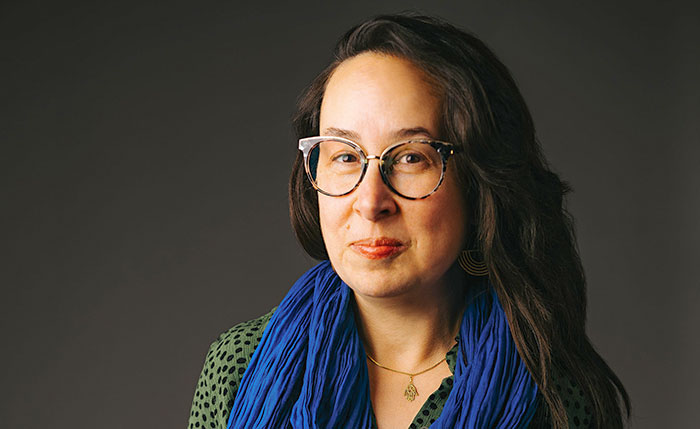Council votes to increase fees for city maintenance
The Claremont City Council Tuesday night called into question the increasing burden of levied fees on Claremont taxpayers, with utility costs and other special charges continuing to rise. The discussion, with a chorus of comments added by locals in attendance, was prompted by a vote to once again increase fees contributing to the citywide Landscaping and Lighting District (LLD).
The LLD program, first approved by Claremont voters in 1990, involves the maintenance and improvement of landscaping and street light by the city and private contractors. Maintenance projects and other developments are paid through a tax levied on citizens, the price varying depending on the size of a resident’s property. The method of calculating increases, also approved by voters, is based on the Los Angeles-Riverside-Orange County Consumer Price Index (CPI) from March to March of each year.
Though the council approved the increase—raising fees 2 percent in accordance with the CPI—both residents and council members expressed concern over the continually-rising burden for taxpayers.
“People can say what they want about cost of living, but the fact is many people are not getting cost of living increases,” said Councilmember Corey Calaycay, who is opposed to the increase. “I can’t deny that if we were to just do away with it tomorrow we would be in a serious financial straight, but I have concerns.”
Claremont voters approved continuing the LLD in 1997. Every year since then, the city has conducted a routine process for levying fees, including hiring an outside agency, NBS, to conduct an Engineer’s Report and determine rising costs. Historically, the fees rise every year, according to Mayor Larry Schroeder.
This year is no different. The LLD budget has risen from an estimated $2.57 million in the 2011-2012 budget to about $2.65 million for 2012-2013. The change is due to a rise in utility costs of about $134,000, according to Kristin Turner, community and human services manager.
“Primarily due to water,” Ms. Turner added.
A majority of that budget, about 87 percent, is made up of fees gathered from residents, according to the city’s report. Thirteen percent of the revenue is taken from the general fund, a 2 percent decrease from the current fiscal year. A general fund commitment is required every year. Though a sunset clause, or expiration date, on the charge was mentioned in the initial LLD discussion in 1989, “ultimately, it was not implemented,” according to City Attorney Sonia Carvalho.
Though a sunset was never established, Mr. Calaycay noted that a council discussion on a sunset clause had been promised for June of 1995. That discussion never took place. Mr. Calaycay additionally took issue with the burden the assessments will have on residents if a sunset never occurs.
“These are the little things that will collectively impact people,” Mr. Calaycay said. “When it was implemented it was less than $100. In 1992, it was $100. By 2002 it was $117 and now, 10 years later, it’s already $157. In another 10 years at this rate, it’s going to be $200 a unit. It is increasing dramatically.”
Many residents present at the meeting echoed Mr. Calaycay’s views.
“There is an issue of credibility I look at,” said Carolyn Gonzales. “It’s only $3.12, but over 20 years…some people say it’s only a Starbucks coffee, but I’ll tell you what, it’s about 3 pots of coffee. It adds up, drip by drip.”
Jim Merrylees urged the council to reconsider another hike as residents struggle with their financial situations.
“I am on a fixed income. The possibility is that the Obama administration will be reducing my medical benefits as far as my military retirement,” Mr. Merrylees shared at the council meeting. “I totally disagree with any increase to this assessment.”
Councilmember Sam Pedroza recognized the burden of paying taxes across the board, but felt paying fees to the district in order to maintain the beauty of the town is worth the expense.
“My house is worth a lot more than the $157 I am paying a year for this assessment because the house is right here in Claremont,” Mr. Pedroza said. “The LLD represents the quality of life, which is why it’s so nice to be here in Claremont. For $157 we get a lot of bang for the buck.”
Mr. Pedroza’s sentiment was ultimately the view of some council members, who narrowly approved the 2 percent increase 3-2. Mayor Pro Tem Opanyi Nasiali and Mr. Calaycay voted in opposition. Though the council was split on residents’ contribution to the LLD, they agreed that the city needs to continue to explore further ways to eliminate expenses.
“It puts us in a very tough position. We know we can’t get rid of the district because it’s necessary to maintain the things we like,” said Mr. Nasiali, instead proposing, “We need to look at how we are going to cut the cost of maintenance of these facilities.”
—Beth Hartnett










0 Comments